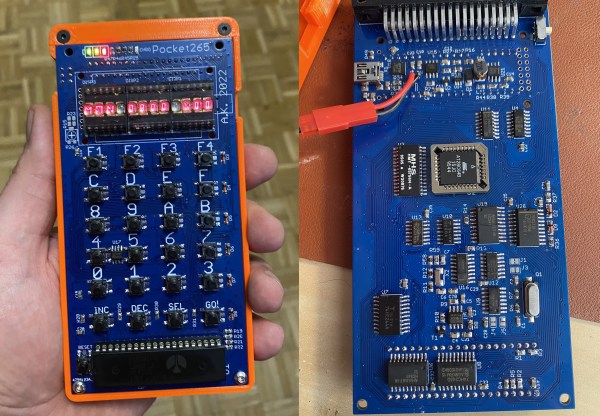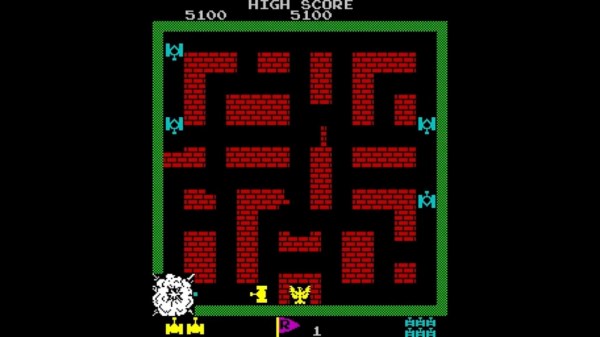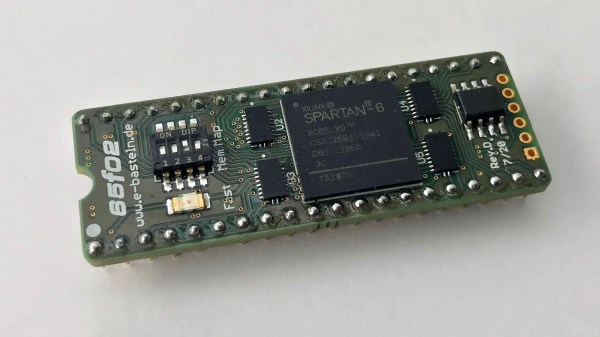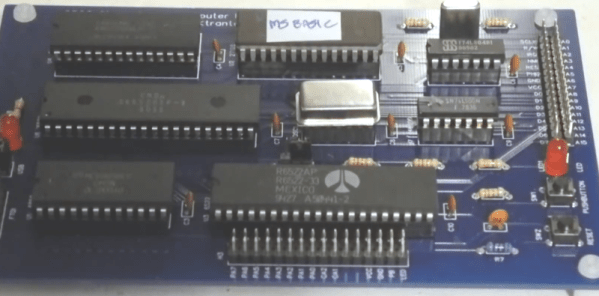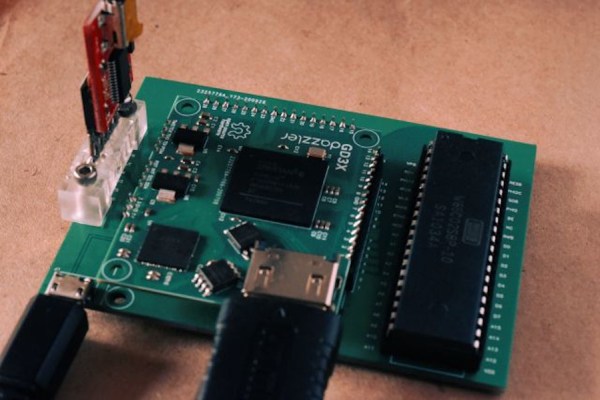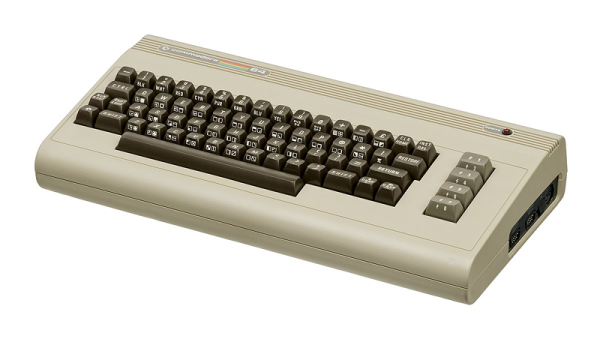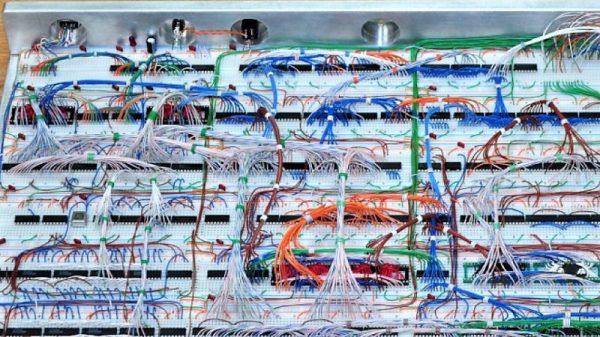Single-board computers have been around ever since microprocessors became affordable in the 1970s and never went away. Today we have Raspberry Pis and LattePandas, while back in the ’70s and ’80s there were the Ferguson Big Board, the KIM-1 and a whole array of Intel SDK boards. Although functionally similar to their modern counterparts with a CPU, RAM, ROM and some basic peripherals, the old boards were huge compared to today’s tiny platforms and typically required a rather beefy power supply to operate.
It doesn’t have to be that way though, as [Aleksander] shows with the Pocket265: a handheld 6502 single-board computer somewhat reminiscent of the famous KIM-1. Like that classic machine, it’s got a hexadecimal keypad to enter programs using machine code and a row of LED displays to show the programs’ output. Unlike the KIM, the Pocket265 is small enough to hold in one hand and uses bubble LED displays, which make it look more like a programmable calculator from the 1970s. It comes with a lithium battery that makes it truly portable, as well as a sleek 3D printed case to make it more comfortable to hold than a bare circuit board.
The single ROM chip contains a monitor program that runs the basic user interface. It also makes programming a bit less tedious by implementing a number of system calls to handle things like user input and display output. A serial EEPROM enables local data storage, while a UART with a USB interface enables data transfer to other computers. If you’re interested in building and programming such a machine yourself, [Aleksander] helpfully provides code examples as well as full hardware documentation on his GitHub page.
The 6502 remains a firm favorite among hardware hackers: some projects we recently featured with this CPU include one beautifully made machine, this easy-to-build single-board computer and this huge breadboard-based contraption. Looking for something smaller? Try this tidy little board or this 6502 coupled to an FPGA.

